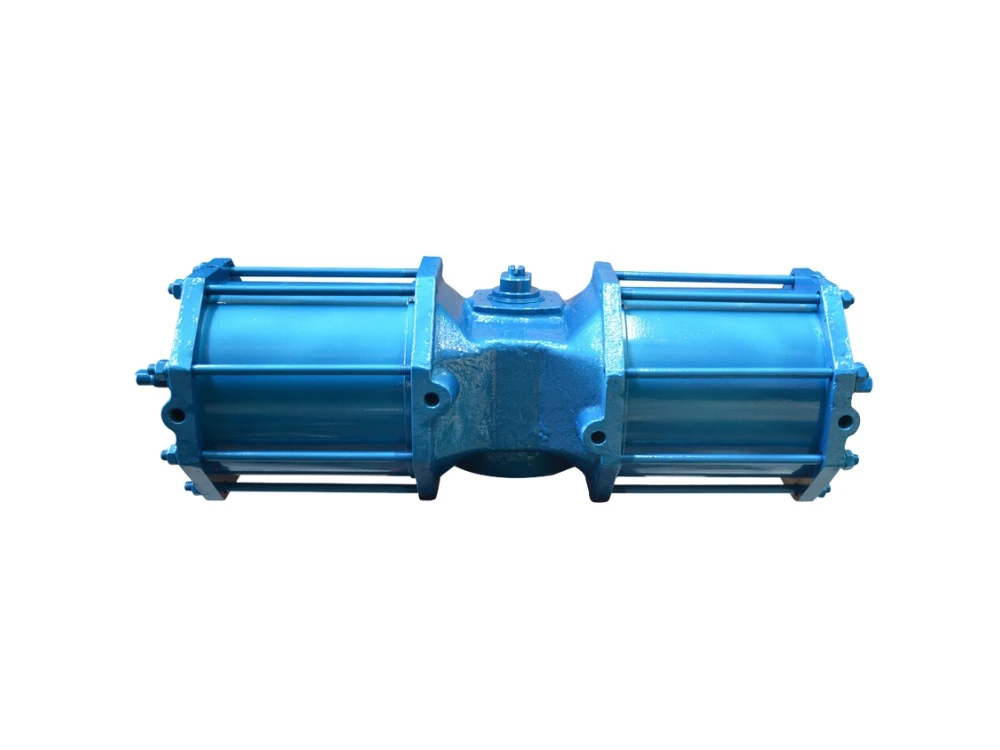The Different Between Single Acting and Double Acting Pneumatic Actutaor
Pneumatic actuators, which are also known as air operating or pneumatic devices, are designed to use compressed air for driving valve switches or regulating the flow of media. They are typically utilized in combination with valves.
Double Acting Pneumatic Actuator
To put it simply, double-acting cylinders are equipped with both A and B ports.
This implies that hydraulic oil enters the cylinder via port A, thereby pushing the piston downward. When the control mechanism demands the piston to retract, the oil is redirected to port B, and subsequently, the piston is pushed upward.
Double-acting cylinders rely on hydraulic power to achieve extension and retraction. One can ascertain whether a cylinder is double-acting by examining the number of ports. Refer to the figure below for an illustration.
Under typical working circumstances, the double-acting type is more commonly favored. Since double-acting cylinders lack a spring return function, their cost is lower in comparison to single-acting pneumatic actuators.
Single Acting Pneumatic Actuator
Conversely, a single-acting cylinder features an A port. The piston is driven downward by the pressure from the pump and is retracted with the assistance of an internal spring.
Refer to the figure below for an illustrative example.
Single-acting cylinders find extensive application in hazardous working environments. They can be utilized for transporting combustible gases or flammable liquids, as depicted in the accompanying figure. In the event of a gas supply failure and an emergency, the single-acting pneumatic actuator is capable of automatically resetting. This helps to minimize potential risks. In contrast, double-acting cylinders generally do not possess such an easy resetting mechanism.
A double-acting cylinder exhibits both pressing and pulling capabilities and is typically controlled via a joystick. On the other hand, a single-acting cylinder only has the capacity for pressing.







